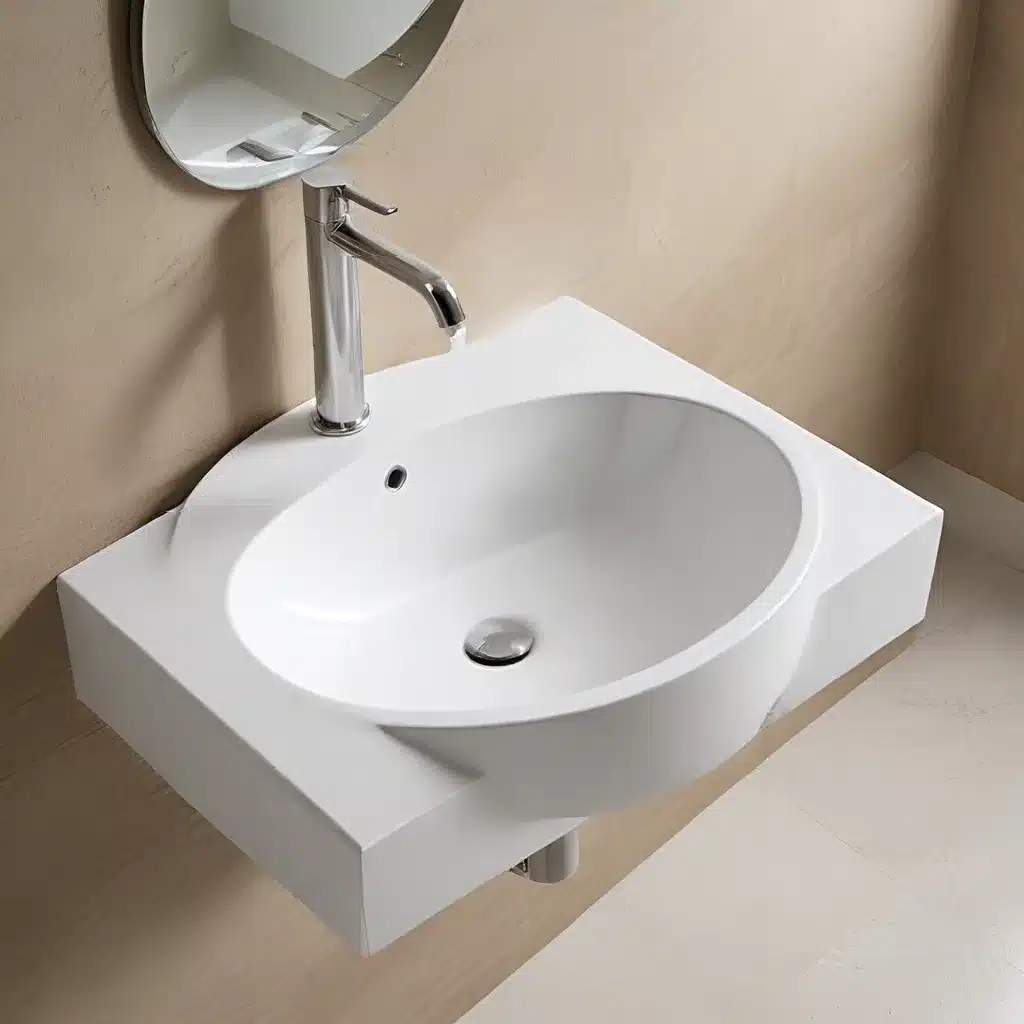
In today’s environmentally conscious world, the search for sustainable and water-efficient bathroom fixtures has become a top priority for homeowners, interior designers, and contractors alike. Washbasins, or sinks, are a crucial element in any bathroom, and their selection can significantly impact the overall water usage and environmental footprint of a space.
This comprehensive guide will explore the diverse world of eco-friendly washbasin designs, materials, installation, and maintenance, empowering you to make informed decisions that align with your aesthetic preferences, budget, and sustainable living goals.
Exploring Eco-Friendly Washbasin Designs
The modern bathroom landscape offers a vast array of washbasin styles, each with its own unique features and benefits. From the timeless charm of traditional pedestal sinks to the sleek minimalism of wall-mounted basins, the choices are endless. However, when it comes to sustainability, certain design choices stand out as particularly water-wise and environmentally friendly.
Undermount sinks, for instance, are a popular option for their seamless integration with countertops, making the area around the basin easier to clean and maintain. This streamlined design not only enhances the overall aesthetic but also reduces the likelihood of water spills and wastage. Similarly, vessel sinks, which sit atop the vanity or countertop, offer a striking visual statement while promoting water conservation by minimizing the basin’s depth and volume.
For those seeking a more contemporary look, wall-mounted washbasins are a fantastic choice. These space-saving fixtures free up valuable floor space, making them an ideal solution for smaller bathrooms. Moreover, their elevated position often allows for the integration of water-saving faucets and accessories, further enhancing the eco-friendly credentials of the overall design.
Sustainable Washbasin Materials
The choice of material for your washbasin can have a significant impact on its durability, maintenance requirements, and environmental footprint. When considering eco-friendly options, several materials stand out as particularly noteworthy.
Marble is a timeless and luxurious material that has long been a staple in high-end bathrooms. While traditionally perceived as a resource-intensive material, advancements in quarrying and fabrication techniques have made marble a more sustainable choice. Recycled marble sinks, in particular, offer an environmentally friendly alternative, as they repurpose waste from the stone industry.
Another popular eco-friendly option is porcelain. Known for its durability, easy maintenance, and hygienic properties, porcelain washbasins are a popular choice among homeowners and designers. Porcelain’s versatility allows for a wide range of design possibilities, from sleek and modern to traditional and ornate.
For those seeking a more natural aesthetic, stone sinks, such as those made from granite, soapstone, or travertine, can be an excellent choice. These materials not only add a unique character to the bathroom but also boast impressive longevity and low maintenance requirements.
Installation Considerations for Eco-Friendly Washbasins
Proper installation is crucial for the long-term performance and efficiency of your eco-friendly washbasin. Whether you’re a homeowner tackling a DIY project or a contractor overseeing a larger renovation, understanding the various installation methods can ensure a seamless and successful outcome.
Undermount sinks, for instance, require a precise countertop cut-out and a secure mounting system to create a flush, seamless transition between the basin and the surface. Wall-mounted washbasins, on the other hand, necessitate a sturdy and properly positioned wall-mounting bracket to support the weight of the fixture and ensure its stability.
In some cases, the faucet selection can also impact the installation process. Center-set faucets, for example, require a specific three-hole configuration, while single-handle faucets can often be installed with a single-hole setup. Consulting with a qualified plumber or referring to the manufacturer’s instructions can help ensure a successful and water-efficient installation.
Maintaining Eco-Friendly Washbasins
Keeping your eco-friendly washbasin in top condition is essential for preserving its water-saving capabilities and extending its lifespan. Proper maintenance practices can also contribute to the overall sustainability of your bathroom by reducing the need for frequent replacements or repairs.
For porcelain and stone sinks, a gentle, non-abrasive cleaner and a soft cloth or sponge are typically all that’s required. Avoid harsh chemical cleaners, as they can erode the surface and compromise the basin’s water-repellent properties. Regular wiping down and the prompt removal of any spills or stains can help maintain the pristine appearance of your washbasin.
In the case of undermount sinks, special attention should be paid to the caulking or sealant used to secure the basin to the countertop. Regularly inspecting and, if necessary, resealing this critical junction can prevent water leaks and potential damage to the surrounding surfaces.
By following these eco-friendly maintenance practices, you can ensure that your washbasin remains a water-wise and long-lasting investment in your bathroom.
Conclusion
As homeowners, designers, and contractors increasingly prioritize sustainability and water conservation in their bathroom design choices, the selection of an eco-friendly washbasin has become a crucial consideration. From undermount and wall-mounted sinks to those crafted from sustainable materials like marble, porcelain, and natural stone, the options for water-wise and environmentally conscious washbasins are more diverse than ever.
By understanding the design features, installation requirements, and maintenance best practices associated with these eco-friendly fixtures, you can make informed decisions that not only enhance the aesthetic appeal of your bathroom but also contribute to the long-term sustainability of your living space. Embrace the water-wise washbasin revolution and unlock the countless benefits of sustainable bathroom design.

